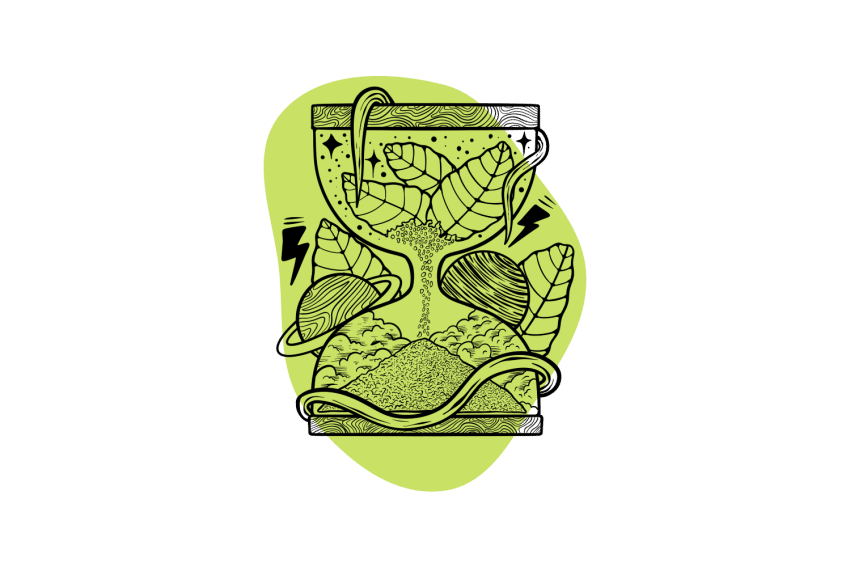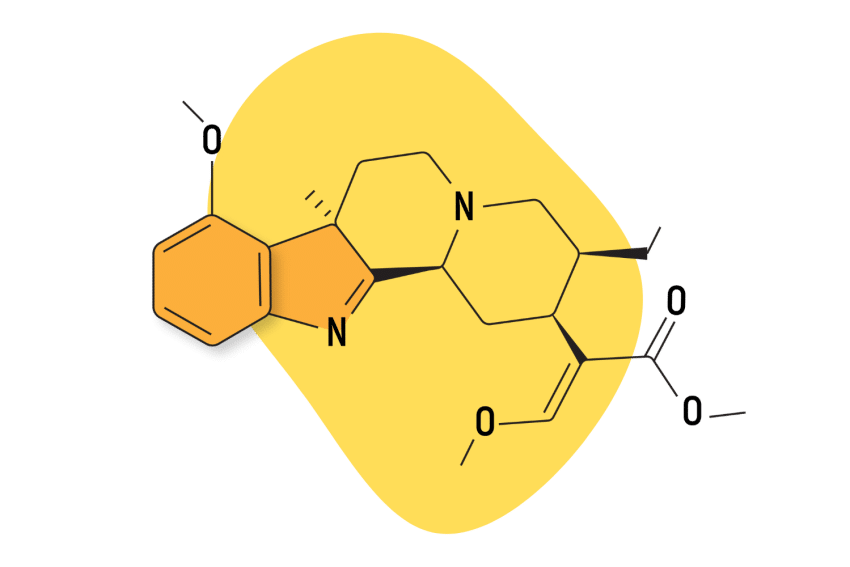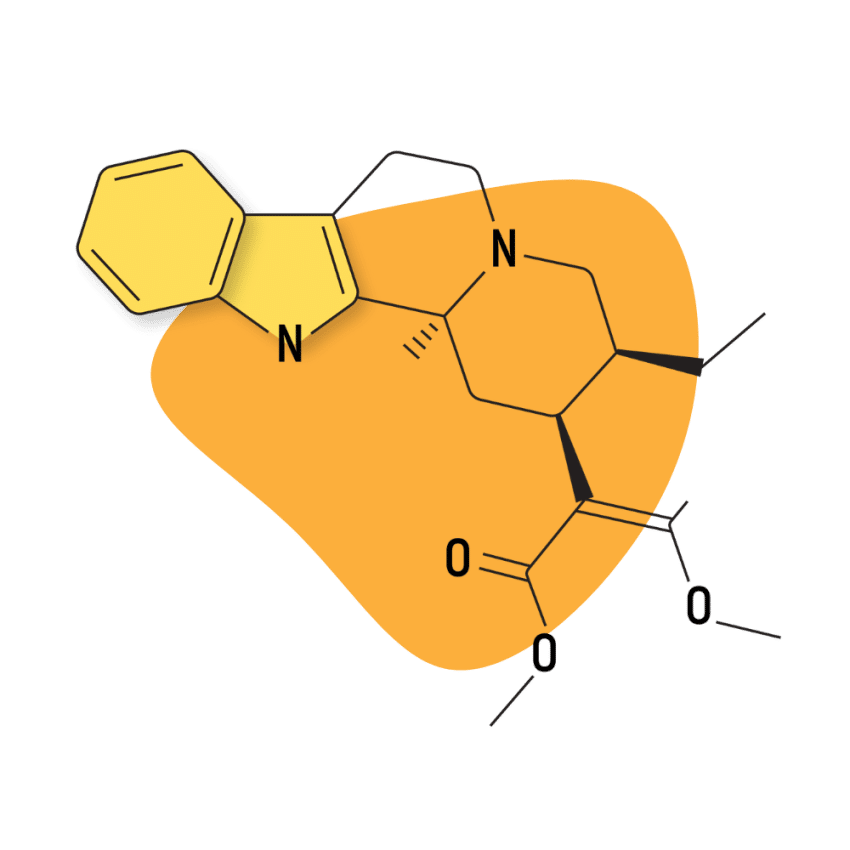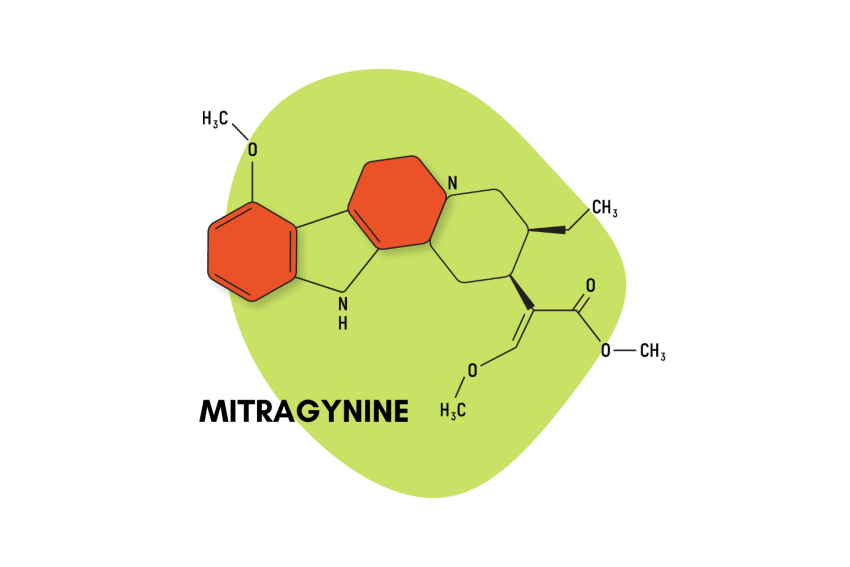Kratom vs. Adderall

Adderall is a medication that doctors prescribe to treat attention deficit hyperactivity disorder (ADHD). Many claim kratom can help mitigate the symptoms of ADHD or counteract the side effects of this medication.
In this article, you will learn how these substances help treat the symptoms associated with ADHD and why some people take them together. Then, we’ll delve into how safe kratom is as an alternative to Adderall and the side effects of each one.
What Is ADHD?
ADHD is one of the most common mental disorders of children and adolescents in our society, often continuing into adulthood [1]. People suffering from this chronic condition have trouble paying attention, are overly active, and are often unable to control impulsive behaviors.
In most cases, doctors detect ADHD between the first 3 and 7 years of life when the child shows academic and behavioral problems at school. However, several cases are not detected early and may go undiagnosed until adulthood.

Although many symptoms of ADHD improve over the years, others may remain for life if not properly treated.
Symptoms of ADHD:
- Anxiety
- Behavioral problems
- Hyperactivity
- Impulsivity
- Inability to concentrate
- Sleep disorders
Although the cause of ADHD is unknown, several experts believe it is an inherited condition [2].
Still, other factors are also influential in the development of this disorder. Some of these factors include prematurity, low birth weight, and the abuse of tobacco, alcohol, or other substances during pregnancy [3].
Adderall & ADHD
Adderall is a stimulant drug that belongs to a class of pharmaceuticals known as Amphetamines.
It can treat disorders such as depression and ADHD by increasing the amount of dopamine and norepinephrine in the brain. This, in turn, stimulates cognitive functions and enhances one’s focus and mood [4].
You can legally obtain it through a doctor’s prescription. However, many people use it illegally to cope with long study days, demanding jobs, or even as a recreational tool to party longer.

Should the police catch you possessing the medication without a prescription, you may face severe fines, as Adderall is a Schedule II controlled substance. The drug is classified as such because of its strong addictive potential when taken in high, unprescribed doses [5].
Side Effects
Although many physicians prescribe Adderall, patients occasionally experience unpleasant symptoms that can affect their social life.
Still, these symptoms are more frequent in people who use Adderall illegally since they do not have a professional monitoring their dosages. For this reason, you should never take this drug without your doctor’s approval.
These are the side effects of Adderall [6]:
- Anxiety
- Headaches
- Insomnia
- Loss of appetite
- Mood changes
- Trouble sleeping
- Weight loss
Furthermore, Adderall increases blood pressure and heart rate, making it dangerous for people with hypertension.
Using Kratom to Help with ADHD
Kratom (Mitragyna speciosa) is a natural herb native to Southeast Asia, which can help treat and manage various disorders and conditions.

Its main alkaloids are mitragynine — thought to energize, enhance focus, and uplift mood — and 7-hydroxymitragynine — which acts as a sedative and pain reliever. These alkaloids provide a wide array of benefits due to their actions on adrenergic, dopamine, opioid, and serotonin receptors [7].
This herb provides energizing effects, not unlike Adderall, and millions of people worldwide use it as a daily alternative to coffee. It is federally unregulated in the United States, and only six states have banned it.
Many consider white-veined strains to be especially good at increasing focus and elevating mood, making them perfect for this condition.
Side Effects
Like most other psychoactive substances, kratom can cause side effects. Although it has many of the same side effects as Adderall, kratom is much milder and will subside more quickly.
These are the side effects of kratom [8]:
- Anxiety
- Blurred vision
- Dependence and addiction
- Dry mouth
- Headaches
- Nausea and vomiting
- Nervousness
- Stomach pain
- Tremors
Is It Safe to Mix Kratom & Adderall?
Many claim taking kratom and Adderall together significantly improves sleep quality and focus. Others point out that kratom often helps counteract most of Adderall’s side effects, such as anxiety and insomnia.

However, mixing these two substances can also produce other negative symptoms, as they potentiate each other. For this reason, if you are thinking of combining kratom with Adderall, we recommend you do it occasionally and after speaking about it with a doctor.
Regarding safety, there aren’t enough studies on the interaction of kratom and Adderall, and we can’t say their combination is entirely safe.
Kratom vs. Adderall: Which Is Best for ADHD?
Although many believe that kratom shares several effects with Adderall, we cannot assure you that it is equally effective in treating ADHD. Cases are conflicting as to whether people found it useful or not.
That’s why we insist on consulting your doctor to determine the best option for you, especially if you are already taking Adderall.
Also, keep in mind that if your symptoms are severe, kratom will likely not prove as helpful as Adderall, as it is significantly milder.
Which Is Safer?
Kratom is a herb with naturally occurring alkaloids and a relatively low potential for abuse or harm, according to researchers at Johns Hopkins Medicine [9]. On the other hand, Adderall is a synthetic drug with significant addictive potential [10].

One could argue neither is entirely safe to use since both have side effects and can be addictive, but you could say that about many other supplements, foods, and beverages, such as coffee.
Overall, you should have no issues taking kratom when used responsibly. Moreover, it’s easier to quit kratom than stronger prescription medications [11].
Also see: Kratom vs. Cannabis: Uses, Benefits & Interactions.
Best Kratom Strains for ADHD
Many reports claim that kratom can be tremendously helpful when dealing with ADHD symptoms, though many say that not all strains are equally effective. Some even say that certain strains, like the red-veined ones, produce opposite effects. For this reason, it is crucial to know them well.
Generally, the public consensus is that the best strains for ADHD are the white strains, as they are high in mitragynine and, therefore, more stimulating.
However, if you have never taken kratom before, we recommend that you lean towards the green ones in low doses, as they are milder and a perfect starting point.
Below are what we consider the best strains for ADHD.
White Thai
White Thai is the favorite of many enthusiasts, as it is one of the most potent strains for energy and its nootropic effects, which can help obtain greater mental clarity and focus [12].
Due to its high potency, we recommend it only to experienced kratom users.
White Maeng Da
White Maeng Da has similar effects to White Thai, but it is even more potent, so it is not an ideal choice for beginners. Many users online highlight its stimulating properties, capable of energizing and improving mood. Some even find it helpful for muscle pain.
This variety also increases dopamine and serotonin levels quickly and effectively, making it ideal for dealing with ADHD [13]. Also, the strain is reported to be one of the best for focus and attention.
Green Maeng Da
Green Maeng Da is the best choice for beginners, as it produces the same effects as its white-veined counterparts while being milder. Enthusiasts believe this strain is an excellent nootropic that helps you improve your ability to focus while giving you a powerful energetic boost.
Ideal Kratom And Adderall Dose for ADHD
Correctly measuring your dose is crucial to avoiding side effects or long-term dependence. Next, we will show you the recommended amount of each substance to treat ADHD.
Kratom Dose for ADHD
Although the dose generally depends on the user’s weight and tolerance, we believe low doses are best for managing ADHD. In fact, even stimulating strains can be sedative in large amounts, so it is essential to respect the quantity.
Low doses range from 2—5 g, although we recommend not exceeding 4 g for energy. If you are a beginner, it is better to start with small amounts and gradually increase them as you see fit — this step is essential to avoid side effects.
Related: How Long Does Kratom Stay in the System?
Adderall Dose for ADHD
Unlike kratom, Adderall is federally regulated in the United States, so a professional must prescribe it. Generally, physicians provide divided doses for the entire day, ranging from 5—60 mg, depending on the patient’s age.
The initial dose usually does not exceed 5 mg, divided into two parts. Then, it is gradually increased depending on the severity of your condition.
These are the doses of Adderall for ADHD:
- 3 to 5 years old: 2, 5-40 mg every 4-6 hours
- 6 to 12 years old: 5-40 mg every 4-6 hours
- Older than 12 years: 5-60 mg every 4-6 hours
Why Do Some Cities & States Ban Kratom?
Kratom has opioid-like properties and is relatively new to Western countries. Consequently, the FDA and DEA believe the herb to be as dangerous and addictive as classic painkillers.
This resulted in a lengthy anti-kratom campaign that smeared the image of the plant nationwide. After this campaign, some American cities and states chose to ban it as a preventive measure to protect their citizens’ safety.

In contrast, in 2021, the World Health Organization reviewed kratom and found insufficient evidence to consider it dangerous or problematic.
Since then, many of the states that banned it — and even some countries — are considering decriminalizing it and regulating its commercialization.
Key Takeaways: Kratom vs. Adderall
Adderall is primarily used to treat ADHD, as it has potent stimulant effects that can help improve attention and focus. Although kratom can provide the same cognitive benefits, it is significantly milder in potency, so it may not be as helpful as Adderall for severe ADHD.
Furthermore, it is crucial to remember that not all strains or doses are effective for this disorder, as some produce opposite effects. The best ones for treating ADHD are white and green-veined varieties, specifically White Maeng Da, White Thai, and Green Maeng Da.
Both Adderall’s and kratom’s side effects are unpleasant, so you should be cautious and practice moderation when dosing them. Also, do not mix them without a professional’s advice.
References
- National Institute of Mental Health. Attention-Deficit/Hyperactivity Disorder (ADHD): United States, 2003-2011.
- Stephen V. Faraone, Henrik Larsson. Genetics of attention deficit hyperactivity disorder. Mol Psychiatry, 2019; 24(4): 562–575.
- Grizenko, N., Shayan, Y. R., Polotskaia, A., Ter-Stepanian, M., & Joober, R. (2008). Relation of maternal stress during pregnancy to symptom severity and response to treatment in children with ADHD. Journal of Psychiatry and Neuroscience, 33(1), 10-16.
- Stephen V. Faraone. The Pharmacology of Amphetamine and Methylphenidate: Relevance to the Neurobiology of Attention-Deficit/Hyperactivity Disorder and Other Psychiatric Comorbidities. Neurosci Biobehav Rev, 2018.
- Arrow Passage Recovery. Adderall Use and Abuse: United States, 2007-2018.
- American Addiction Centers. Adderall Side Effects, Risks & Dangers of Use. Written by credentialed clinical reviewers with hands-on experience or expert knowledge of addiction.
- Hartley, C., Bulloch, M., & Penzak, S. R. (2022). Clinical Pharmacology of the Dietary Supplement Kratom (Mitragyna speciosa). The Journal of Clinical Pharmacology, 62(5), 577-593.
- American Addiction Centers. Side Effects of Kratom (Long-Term & Short-Term Effects). Written by credentialed clinical reviewers with hands-on experience or expert knowledge of addiction.
- Johns Hopkins Medicine (2020). Natural Herb Kratom May Have Therapeutic Effects And Relatively Low Potential For Abuse Or Harm, According To A User Survey. Subst Abuse Treat Prev Policy, 1-15.
- Steve Sussman, Mary, Ann Pentz, Donna Spruijt-Metz, Toby Miller (2006). Misuse of “study drugs:” prevalence, consequences, and implications for policy.
- Henningfield, J. E., Fant, R. V., & Wang, D. W. (2018). The abuse potential of kratom according the 8 factors of the controlled substances act: implications for regulation and research. Psychopharmacology, 235(2), 573-589.
- Lindsay E. Johnson, Lilian Balyan, Amy Magdalany, Fizza Saeed, Robert Salinas, Starla Wallace, Charles A. Veltri, Marc T. Swogger, Zach Walsh, Oliver Grundmanna (2020). The Potential for Kratom as an Antidepressant and Antipsychotic. Yale J Biol Med, 93(2): 283–289.
- James Paul Manus (2021). Examining the Effects of Kratom Alkaloids on Mesolimbic Dopamine Release. University of Memphis.









